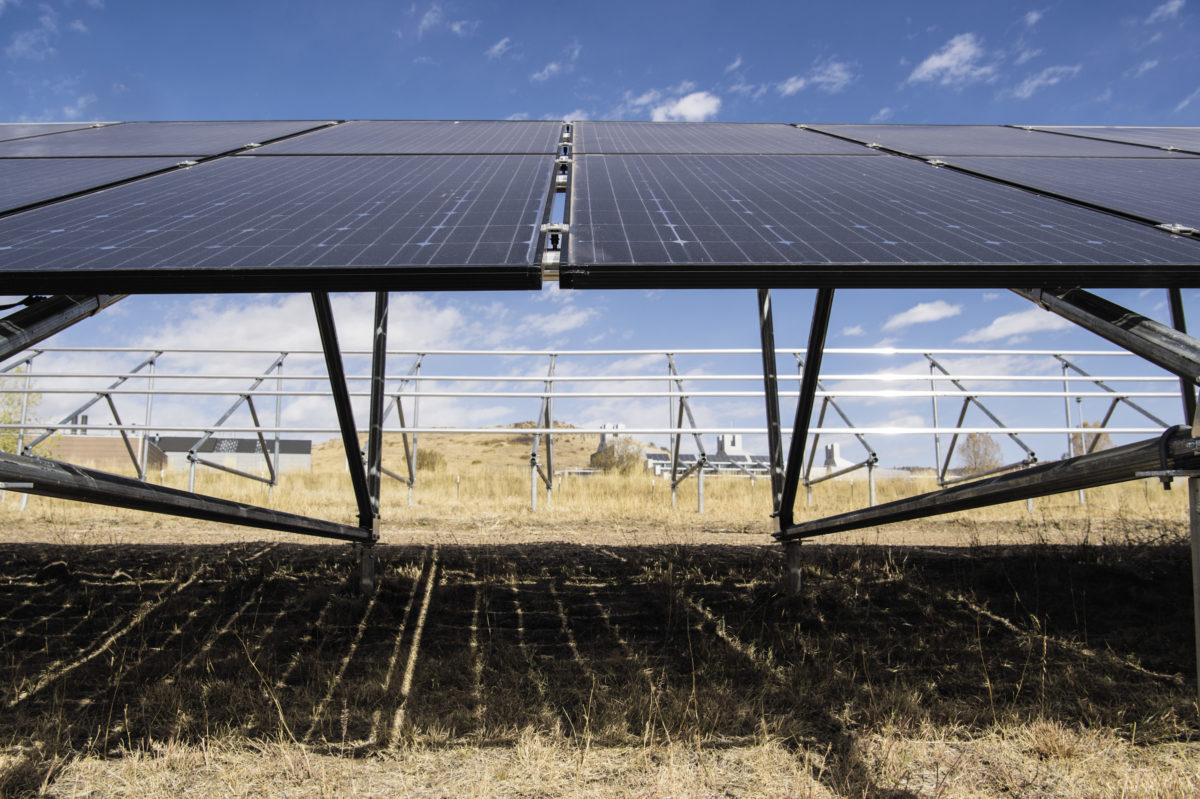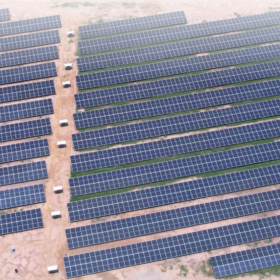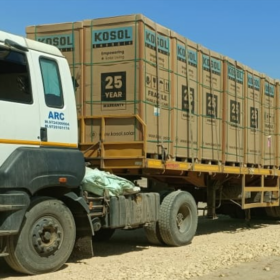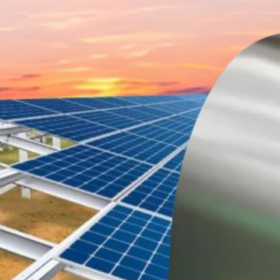Mumbai-headquartered Essar Power has announced it will set up a 90 MW solar PV project in Madhya Pradesh.
The board of Essar Power Ltd, an investee company of Essar Global Fund (EGFL), has approved an INR 300-crore investment in the PV plant, marking the fund’s foray into renewable energy.
Currently, Essar Power has a power generating capacity of 3185 MW across five multi-fuel plants in two Indian states (Gujarat and Madhya Pradesh) and one thermal power plant in Canada.
The proposed solar plant will come up across 105 hectares of land at Bhander in the Datia district and will be executed in two parts of 33.7 MW and 56.17 MW.
Electricity generated from this plant will be evacuated at 132 kV level and is proposed to be connected to Bhander 132/33 kV substation, which is located at approximately 5 km and will be supplied to industrial consumers within Madhya Pradesh. The project is expected to be completed by June 2022.
Shift away from coal
The entry into renewable energy is part of EGFL’s strategic decision to rebalance its power portfolio from coal-fired to green energy after investing in hydrogen power in the UK and coal gas in India.
The fund has overseen the completion of the deleveraging program of investee companies in next two quarters. It intends to repay balance debt INR 10,000 crore, which is largely in power portfolio.
“The strategic plan to rebalance our energy portfolio is in line with our move to an asset light structure. In a series of calibrated steps, this shift will allow the company to bring down its debt from the current level of INR 10,000 crore to INR 3,000 crore through restructuring and monetization of existing assets and further investments in this green portfolio,” said Kush Singh, CEO, Essar Power Ltd.
Essar’s foray into renewable energy can be seen as a precursor to an exit from coal following the success achieved in unconventional energy generation such as coal bed methane and the ongoing hydrogen generation programme in Stanlow refinery, UK.
“Along with the ongoing hydrogen generation programme in our Stanlow refinery, UK, we have kicked off our transition to a new phase of investment led growth, with the energy portfolio taking the lead,” said Singh. “We have taken this step in line with the major thrust given by the government of India in promoting and achieving the ambitious target of an installed capacity of 450 gigawatts of renewable energy by 2030.”
This content is protected by copyright and may not be reused. If you want to cooperate with us and would like to reuse some of our content, please contact: editors@pv-magazine.com.









By submitting this form you agree to pv magazine using your data for the purposes of publishing your comment.
Your personal data will only be disclosed or otherwise transmitted to third parties for the purposes of spam filtering or if this is necessary for technical maintenance of the website. Any other transfer to third parties will not take place unless this is justified on the basis of applicable data protection regulations or if pv magazine is legally obliged to do so.
You may revoke this consent at any time with effect for the future, in which case your personal data will be deleted immediately. Otherwise, your data will be deleted if pv magazine has processed your request or the purpose of data storage is fulfilled.
Further information on data privacy can be found in our Data Protection Policy.